What has happened to Hamas's most prominent leaders?

- Published
Since the war began in Gaza following Hamas's unprecedented attack on Israel on 7 October, its leaders have been targeted, allegedly by Israel. Some have been killed, others remain defiant.
Here is a rundown of what has happened to Hamas's most prominent figures.
Ismail Haniyeh

Ismail Haniyeh was widely considered Hamas's overall leader.
He was assassinated, reportedly in an aerial strike, on a building he was staying in during a visit to Tehran on 31 July, 2024. Iran and Hamas have blamed Israel for the strike.
A prominent member of Hamas in the late 1980s, Israel imprisoned Haniyeh for three years in 1989 as it cracked down on the first Palestinian uprising.
He was then exiled in 1992 to a no-man's-land between Israel and Lebanon, along with a number of Hamas leaders.
After a year he returned to Gaza. In 1997 he was appointed head of the office of Hamas's spiritual leader, strengthening his position.
Haniyeh was appointed Palestinian prime minister in 2006 by President Mahmoud Abbas after Hamas won the most seats in national elections. But he was dismissed a year later amid deadly violence in Gaza, with Hamas ultimately ousting Mr Abbas' Fatah party from the Gaza Strip.
Haniyeh rejected his sacking as "unconstitutional", and Hamas continued to rule in Gaza.
He was elected head of Hamas's all-powerful political bureau in 2017, making him in effect overall leader.
In 2018, the US Department of State designated Haniyeh a terrorist. He had lived in Qatar for the last several years.
Yahya Sinwar
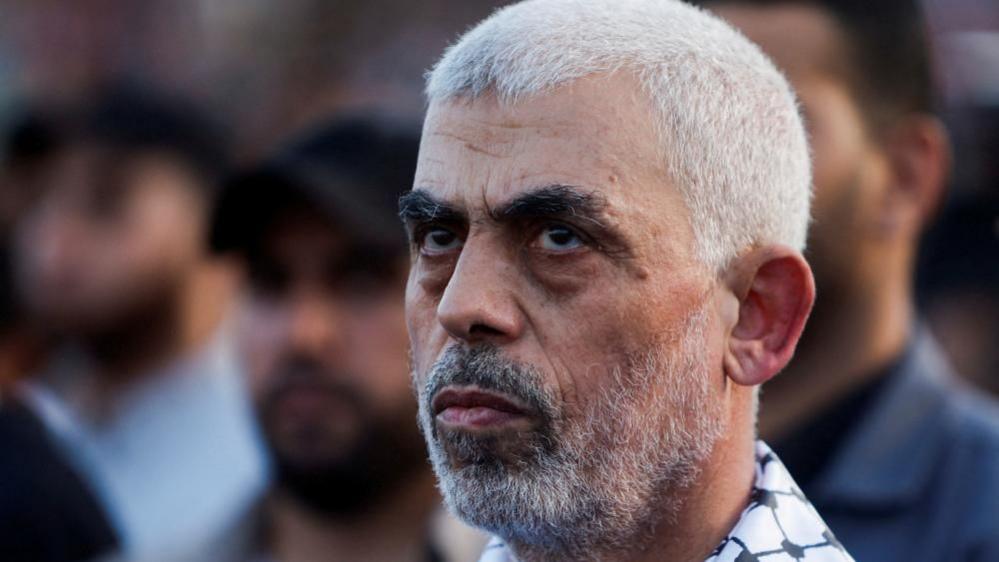
Yahya Sinwar is the leader of the Hamas movement within the Gaza Strip. Israel believes he masterminded the unprecedented attack on 7 October 2023.
Sinwar was born in Khan Younis refugee camp in Gaza in 1962.
A year after Hamas was founded in 1987, he formed its internal security service, which amongst other things targeted alleged Palestinian collaborators with Israel.
Sinwar was arrested by Israel three times. He was sentenced to four life terms in 1988 for planning the abduction and murder of two Israeli soldiers and the murder of four Palestinians.
However, in 2011 he was among 1,027 Palestinian and Israeli Arab prisoners released by Israel in exchange for an Israeli soldier held captive by Hamas for over five years.
Sinwar returned to his position as a prominent leader in Hamas and was appointed head of the group's political bureau in the Gaza Strip in 2017, making him Hamas's leader in the territory.
In 2015, the US included Sinwar on its blacklist of "international terrorists".
Sinwar has not been seen since the start of the war with Israel in October. He is believed to still be in Gaza, hiding “10 storeys underground”, US Secretary of State Antony Blinken has said.
Mohammed Deif
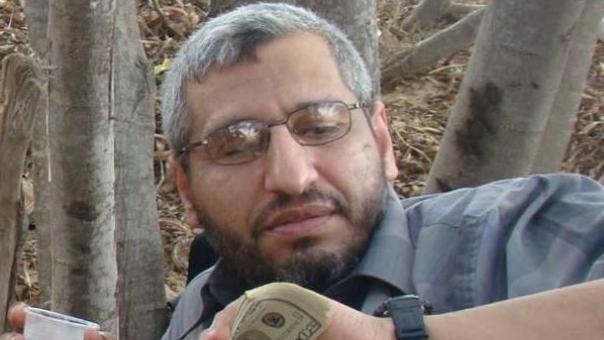
Mohammed Deif was the head of Izz al-Din al-Qassam Brigades, the military arm of the Hamas movement. He was Israel's most wanted man for decades, and was killed in an Israeli air strike last month, Israel says. Hamas has not confirmed this.
Deif, a shadowy figure, became known to Palestinians as The Mastermind, and to Israelis as The Cat with Nine Lives.
Israeli authorities imprisoned him in 1989 during the first Palestinian intifada (uprising), and released him after a year and half. Soon afterwards he formed the al-Qassam Brigades, with the aim of capturing Israeli soldiers.
He also helped engineer the construction of tunnels that enabled Hamas fighters to get inside Israel from Gaza.
Deif was accused by Israel of planning and supervising bus bombings which killed tens of Israelis in 1996, and of involvement in the capture and killing of three Israeli soldiers in the mid-1990s. He was arrested by the Palestinian Authority in 2000, but escaped seven months later at the beginning of the second intifada.
He became Israel's most wanted man, but since then left behind little trace.
The most serious assassination attempts on his life were in 2002: Deif survived but lost one of his eyes. Israel says he also lost a foot and a hand, and was left with difficulty speaking.
Israel tried and failed again to assassinate Deif during a 2014 assault on the Gaza Strip, but killed his wife and two of his children.
Deif was one of the figures accused of planning the Hamas attack on Israel on 7 October, 2023. Israel said it killed him in an air strike on a compound in the Khan Younis area of Gaza on 13 July.
Marwan Issa
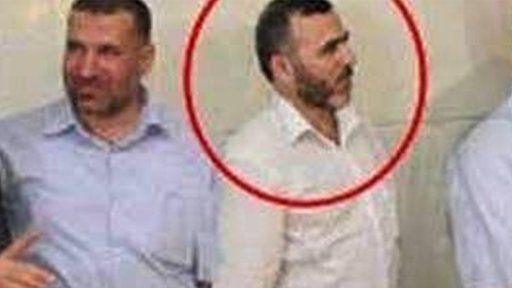
Hamas has not confirmed that Marwan Issa, deputy commander-in-chief of the Izz al-Din al-Qassam Brigades, was killed in an Israeli air strike in March 2024, as reported by the White House.
US national security adviser Jake Sullivan said he had been killed by the Israel Defense Forces (IDF), following reports in Israeli media that he had died in a strike on a tunnel complex under the Nuseirat refugee camp.
The senior commander is also known as the Shadow Man and has been viewed as Mohammed Deif's right-hand man.
Prior to reports of his death, he was on Israel's most wanted list, and was injured when Israel attempted to assassinate him in 2006.
Israeli forces detained him during the first intifada for five years because of his activity with Hamas.
The Palestinian Authority arrested him in 1997, but he was freed after the second intifada in 2000.
Israeli warplanes also destroyed his house twice during invasions of Gaza in 2014 and 2021, killing his brother.
It was not known what he looked like until 2011, when he appeared in a group photo taken during a reception for exchanged prisoners.
He is thought to have played a significant role in planning incursions into Israel, including the most recent.
Khaled Meshaal
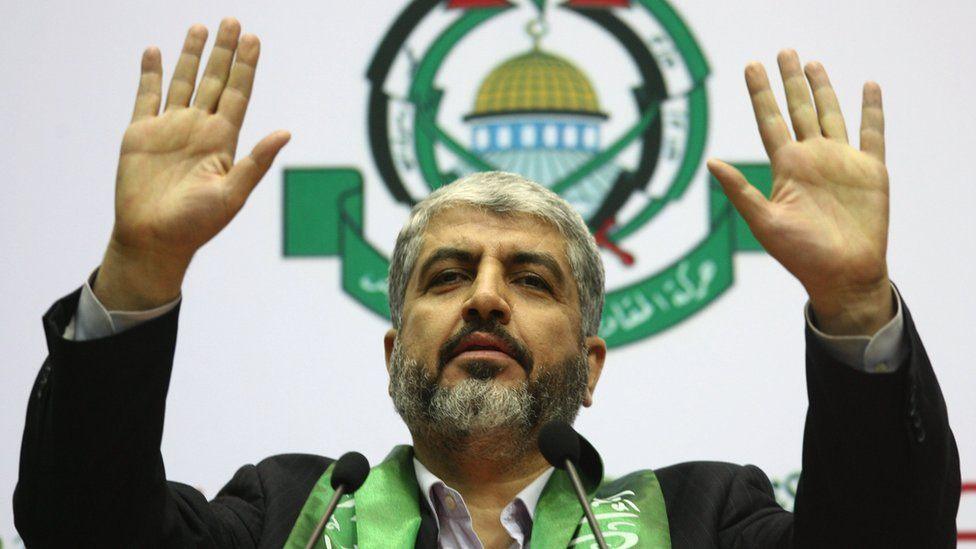
Khaled Meshaal, who was born in the West Bank in 1956, is considered one of the founders of Hamas.
Under direct instructions from Israeli Prime Minister Benjamin Netanyahu, Israel's Mossad spy agency attempted to assassinate Meshaal in 1997 while he was living in Jordan.
Mossad agents entered Jordan with forged Canadian passports and Meshaal was injected with a toxic substance while walking along a street.
Jordanian authorities discovered the assassination attempt and arrested two Mossad members.
The late King Hussein of Jordan asked Israel's prime minister for the antidote for the substance Meshaal was injected with. Facing pressure from then-US President Bill Clinton, Mr Netanyahu provided it, after initially rejecting the request.
Meshaal, who lives in Qatar, visited the Gaza Strip for the first time in 2012. He was received by Palestinian officials and crowds of Palestinians came out to welcome him.
Hamas elected Ismail Haniyeh to succeed Meshaal as head of its political bureau in 2017, and Meshaal became head of the group's political bureau abroad.
Mahmoud Zahar
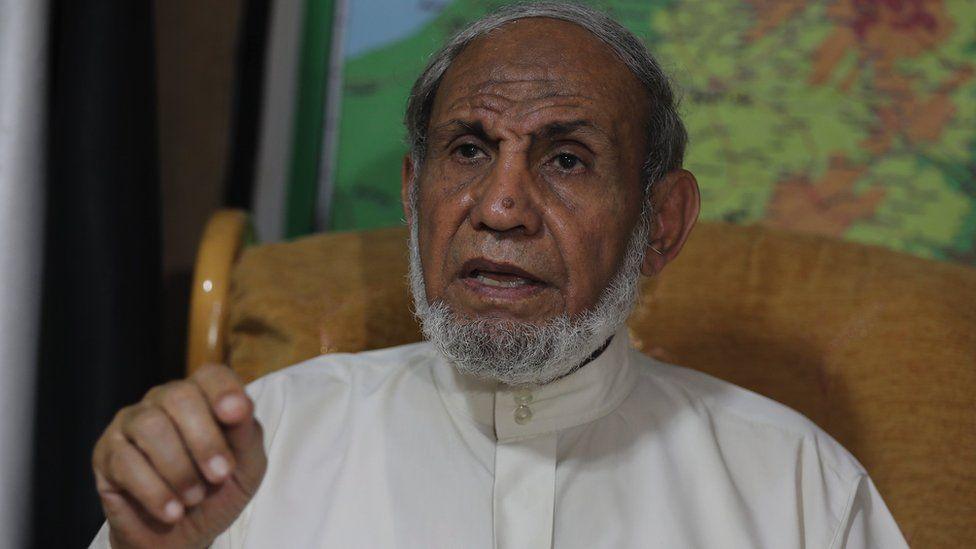
Mahmoud Zahar was born in Gaza in 1945 to a Palestinian father and an Egyptian mother. He is considered one of Hamas' most prominent leaders, and a member of the movement's political leadership.
He went to school in Gaza and university in Cairo, then worked as a doctor in Gaza and Khan Younis until Israeli authorities dismissed him over his political position.
Mahmoud Zahar was held in Israeli prisons in 1988, months after the founding of Hamas. He was among those deported by Israel to no-man's land in 1992, where he spent a year.
With the Hamas movement winning Palestinian general elections in 2006, Zahar joined the Ministry of Foreign Affairs in Prime Minister Ismail Haniyeh's newly formed government before its eventual dismissal.
Israel attempted to assassinate Zahar in 2003, when a plane dropped a bomb on his house in Gaza City. The attack left him with minor injuries, but killed his eldest son, Khaled.
His second son, Hossam, who was a member of the al-Qassam Brigades, was killed in an Israeli air strike in Gaza in 2008.